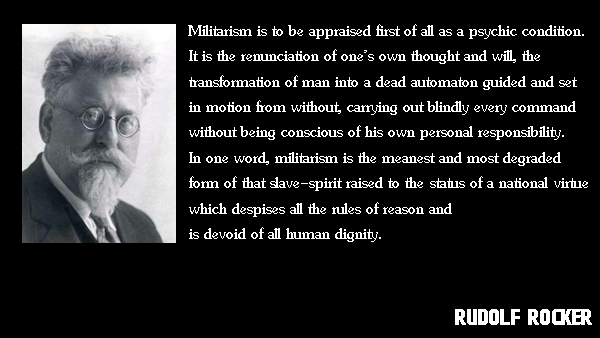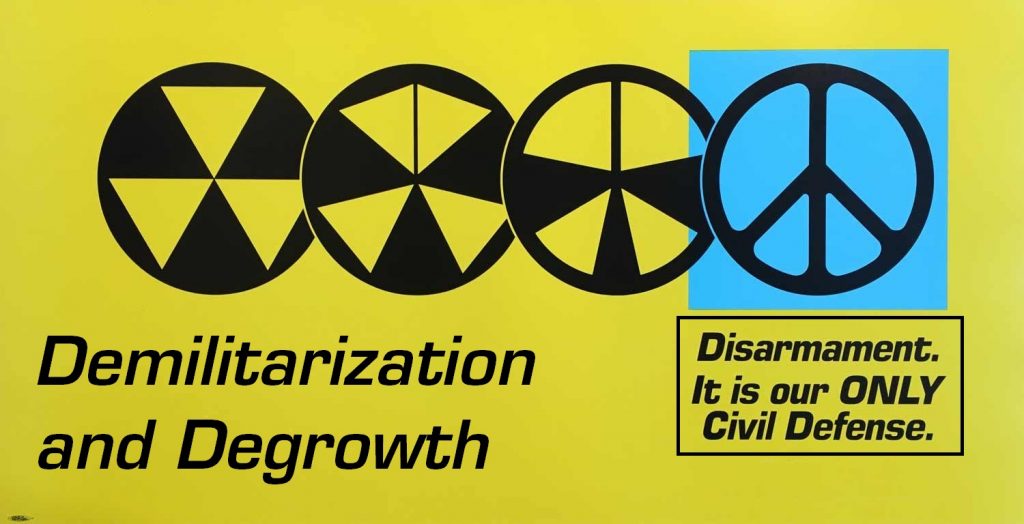DEMILITARIZATION AND DEGROWTH:
Indian War Economy or Survival
A series of 10 lectures in 5 weeks on the social and ecological cost of India’s permanent war economy.
Starting 28th September 2019 in Bhopal, India.
Register here
For more information: +91 98 0 657 88 08

“Here, then, is the problem which we present to you, stark and dreadful and inescapable: Shall we put an end to the human race; or shall mankind renounce war?” – Albert Einstein, Bertrand Russell (1955)
Conversion!
This website and the course on which it is based are about conversion: economic and social conversion. Converting the growth based capitalist system into an economically democratic system without growth and at the same time converting the permanent war economy into a civilian economy.
The permanent war economy is the political economy of those sets of institutions – governmental and private, known and secret, whose primary or major objectives are set around armaments – their production, procurement, research, maintenance, use and; wars – small, big, covert, overt, and preparation for them.
A civilian economy, on the other hand, is the economic system focused on developing and maintaining infrastructures and industries whose primary goal in the betterment of social life and individual freedom. It utilizes the money, infrastructure, technical expertise and manpower used in destructive war industry for civilian and productive use.
The 2018-2019 Union Budget of India spent Rs 1,14,915 crore on Rural Development, Rs 41,765 crore on Housing and Urban Affairs, Rs 54,600 crore on Ministry of Health and Family Welfare, Rs 71,000 crore on Road Transport and Highways, Rs 22,357 crore on Ministry of Drinking Water and Sanitation, Rs 85,010 crore on Human Resource Development.
While it spent Rs 4,04,365 crore on “defense” (and it does not include a number of secret spendings and spending on defense under Ministry of Home Affairs header.)
More information on the massive reach and corrosive effect of Indian war economy can be found in this article. (https://stokemagazine.wordpress.com/2018/10/02/security-and-peace-vs-the-national-security-state/).
Arms to Renewables and More.
There is not only great potential for accelerating climate action that can mitigate the threat of ecological collapse in utilizing the enormous resources of the defense industry to producing and installation of alternative energy technologies but also of creating new transportation, water, and other infrastructures. These could be good pay jobs with good conditions.
New international institution of conflict resolutions and end of the war (or threat of war) based solutions will reduce state and non-state violence and terrorism.
Today, Disarmament and Conversion are not just moral obligations, they are essential for human survival.



Recent Comments